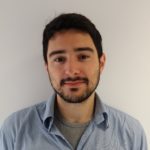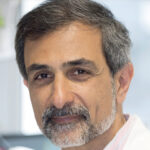Link to Pubmed [PMID] – 34500235
Link to DOI – 10.1016/j.ceb.2021.06.005
Curr Opin Cell Biol 2021 Dec; 73(): 110-116
Cranial muscles have been the focus of many studies over the years because of their unique developmental programs and relative resistance to illnesses. In addition, head muscles possess clonal relationships with heart muscles and have been highly remodeled during vertebrate evolution. Here, we provide an overview of recent findings that have helped to redefine the boundaries and lineages of cranial mesoderm. These studies have important implications regarding the emergence of muscle connective tissues, which can share a common origin with skeletal muscle. We also highlight new regulatory networks of various muscle subgroups, particularly those derived from the most caudal arches, which remain poorly defined. Finally, we suggest future research avenues to characterize the nature of their intrinsic specificities and their emergence during evolution.


